Many Facebook Page Admins are not sure at first which metrics are important on a Facebook Page. Here, discover why understanding engagement rate is more important than People Talking About This (PTAT).
You mean, it's about more than just People Talking About This (PTAT) on Facebook?
[caption id="attachment_3610" align="alignright" width="210"]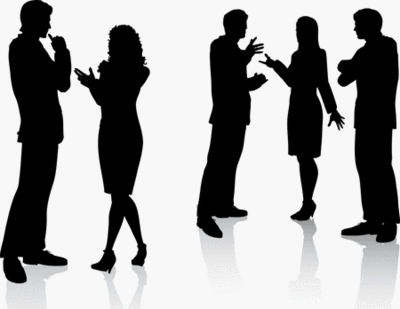 PTAT is not a full-color number[/caption]
PTAT is not a full-color number[/caption]
If you're a smart Facebook marketer, it should be. A good idea to become more familiar with Engagement Rate...
People Talking About This On Facebook
When Facebook first released the "People Talking About This" (PTAT) metric, it was met with positive feedback because it was a quick-glance route to knowing more about a Facebook Page. Many thought you could gauge:
- Fan base interaction with the brand.
- Page Admin interaction with the fan base.
- Performance level of Page Admins.
For instance, if you strolled by a Facebook Page and saw a large number of fans, but only 3 people talking about it, the red flags would indicate that the fan base is not very passionate about the brand.
It was right about this time that discussions of Pages purchasing fans heated up. Some believed the PTAT number would reveal culprits with low levels of conversation on-page.
While the Talking About This metric is a quick way for potential fans to determine if they want to click like, and for page owners to check up on Page Admins, considering only this number leaves one with only half the story.
What contributes to the 'People Talking About This' number?
Despite your inclination to think so, it's not just the number of fans commenting on a Facebook Page. The PTAT number increases when someone does:
- like a page.
- post on the page wall.
- like a post.
- comment on a post.
- share a post.
- answer a question.
- RSVP to a page’s event.
- mention the page in a post.
- tag the page in a photo.
- check in at a place.
- share a check-in deal.
- like a check-in deal.
- write a recommendation.
- claim an offer.
Not so simple, eh? Now consider that each post tracks it's own PTAT. Too much, too quick? Inside Facebook offers a more detailed People Talking About This definition for those wishing to drill down.
If you look at that list above, some of it is NOT directly related to interaction on the Facebook page itself. A few things to consider:
- Just because someone Liked the page, does not mean they are interacting yet or talking about it.
- The PTAT number reflects engagement for the past week. But the visible numbers shown are a few days behind.
- Also included in the PTAT number are interactions from promoted posts and ads.
So, this number can be manipulated and gamed, as pointed out by socialbakers.
Perhaps a better metric to consider is...engagement rate.
Engagement Rate Definition
A Facebook Page's Engagement Rate is a percentage of the number of fans (likes) Page Admins have attracted to the page and enticed to interact.
You can actually calculate "Daily Page Engagement Rate." There's a really groovy algebraic formula for that. Again, for those that like working numbers.
So, small business owners and entrepreneurs, how about a more simple view, eh?
[caption id="attachment_3608" align="aligncenter" width="854"]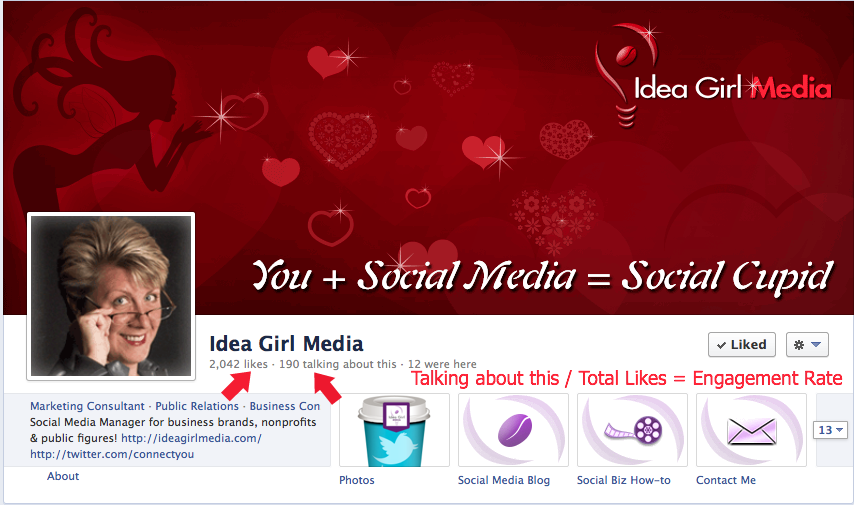 Idea Girl Media Facebook Page, mid-February 2013[/caption]
Idea Girl Media Facebook Page, mid-February 2013[/caption]
Pictured above, the essential numbers to look at are highlighted.
The simple math:
190 (PTAT) divided by 2042 (total number of likes) = .093046 or...
9.3% Engagement Rate.
This provides a quick estimation and a more realistic view of what is really happening on the page.
What Is A Good Engagement Rate On Facebook?
We had been hearing from some social media thought leaders that 1-2% was the average.
But a closer look at thousands of Facebook Pages indicated that the range is more accurately .5 to 1%.
So, while my average engagement rate floats between 12-20%, and I was feeling a bit low over the 9.3% for the day noted above, it is still considered a decent number. It tells visitors to the page that fans are interacting, and there is effort being given to nurture relationships with fans.
Which is really what having presence on a Facebook Page is all about!
Put A Ring On It
We can look at analytics, do math, and configure all sorts of percentages, but a good Facebook Page Admin knows when things are not going well on their page.
They are looking at interactions on a "per post" basis:
- Likes.
- Comments.
- Shares.
And also trends for groupings of posts. They will constantly be examining what fans are interacting with, how, and when, and looking for ways to optimize efforts in response to that.
The most accurate look at what's happening on a Facebook Page is engagement rate. Social media presence including more than one social network can then be evaluated with similar data.
Engage Me
Does this post help you understand engagement rates on Facebook?
What questions do you have about increasing your Facebook Page's engagement rate?
Please post your questions or feel free to share your favorite engagement tips below in comments! :)
25 Replies
-
Wonderful site Keri. Many thanks for the excellent pointers. We need all we can get! Warm Hugs, Sandy & Dave blinkthebestseller.com
-
Hi Keri, I have a question for the ‘good engagement rate’ section. It was mentioned in your post that according to “some social media thought leaders, 1-2% was the average, but a closer look at thousands of Facebook Pages indicated that the range is more accurately .5 to 1%.” Assuming that a Facebook Page has an average of 3.6% – 4.8% of engagement rate, what does this mean? Is it a good rate? Is it possible to achieve that rate because it’s way over the range of 1-2%? I am new to this engagement rate calculations and measurement of Facebook analytics. Any sort of help from your side would be great! Thank you so much!
-
Pingback: 9 Social Listening Tools For Small Business Online Marketing Success
-
Pingback: Social Lists: 7 Secrets Revealed By Listly For Facebook Marketers
-
Pingback: One Clever Way To Maximize Your Facebook Community Engagement
-
Hi Keri, I’m a little late to the party but still wanted to say I enjoyed your post. Have a question about the socialbreakers formula I was hoping you could help me out with. As i understand it, it’s basically dividing a post’s total interactions – likes, comments, shares – by the page’s fan total to get the percentage of engaged fans. If that’s the case, could it be flawed in the sense that it’s essentially counting consumptions as consumers? Since one person can like, comment and share a post, isn’t there a good chance that there’d be more interactions than unique engaged users? For that formula to really work, wouldn’t you need to know the number of unique engaged users and divide that by total fans? Basically just like you did with your simpler way, dividing the PTAT (since its a total of the unique people who interacted) by total fans. Seems to me like that would be a much more realistic look at your engagement rate. Does any of that make sense?
-
Hi Keri, quick question. Does posting more have a negative effect on engagement rate?
-
Pingback: Top 5 Social Media Questions Marketers Want Answered
-
Great post. How would one figure out per post? Thanks again.
-
Pingback: 9 Social Listening Tools For Small Business Online Marketing Success
-
You say that the average engagement rate according to a study falls between .5% and 1%, however you say you average around 12%-20%. It looks like your pages are way above average. Am I understanding this correctly? Is the .5%-1% the average according the the simple math formula you are getting, or something else?
-
you are amazing , useful info , thank u 🙂
-
Good explanation Keri and I learned some stuff thank you. I run several pages and find that I start getting like clicks, comments and shares once you reach about 3,000 talking on the page is this your experience?
Leave a Reply

Like what you see? We've been told our blog posts are like potato chips: You can't read just one...
Subscribe to receive them fresh in your Inbox, and you can grab our best insights about social media marketing before everyone else sees it!
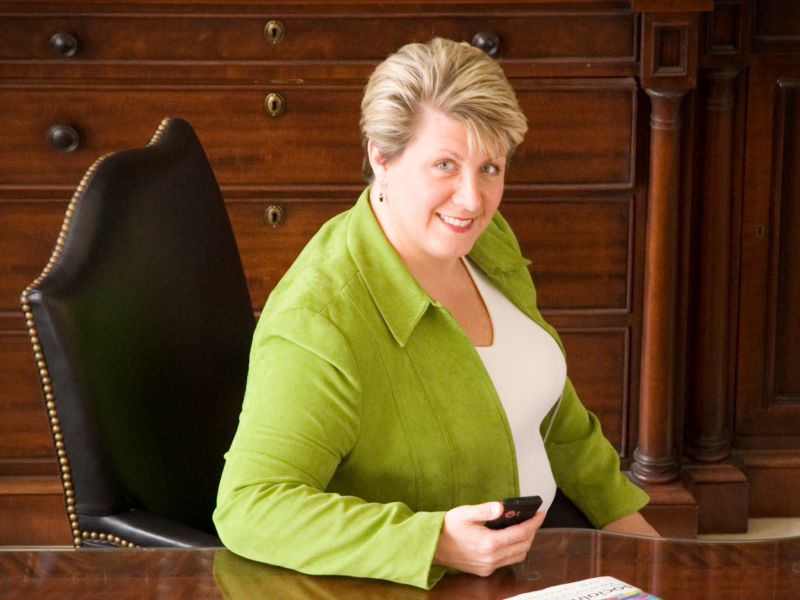
Relevant Resources
view allThe True Cost Of Letting Peak Sales Periods Pass You By
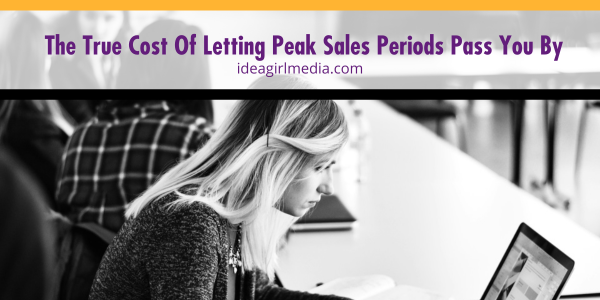
Three Surprising Signs You’re Still Silencing Your Female Employees

How Ongoing Training In The Workplace Can Drive Long-Term Business Growth
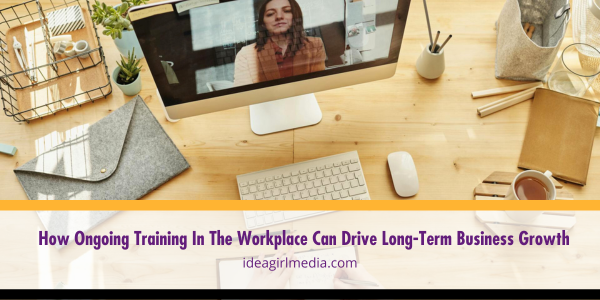
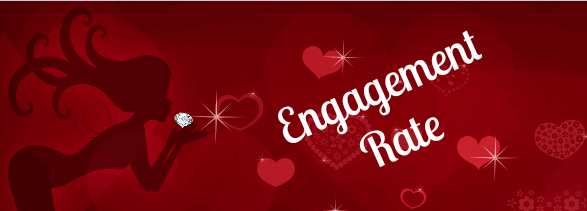




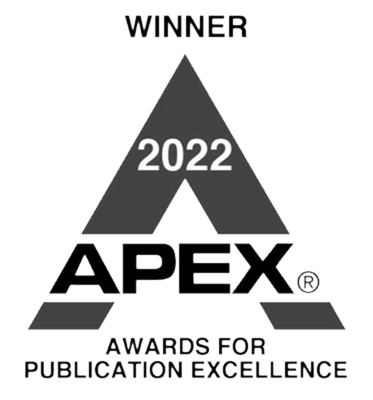






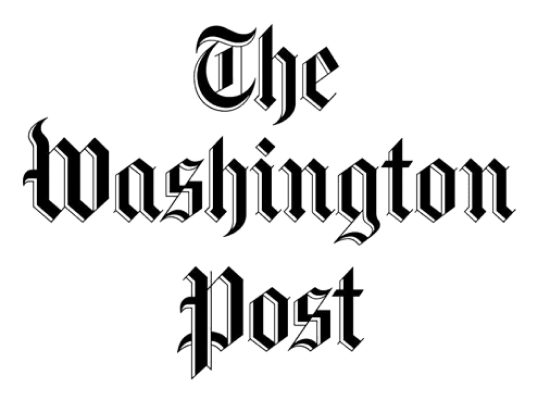







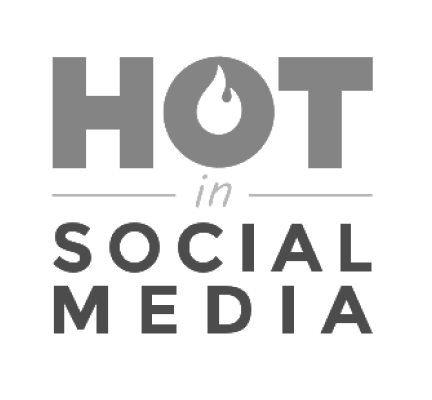
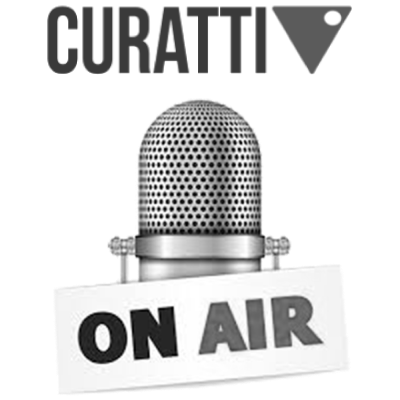


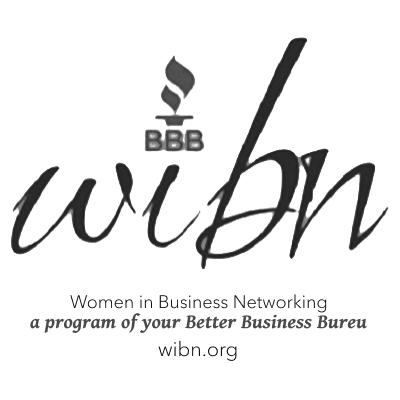






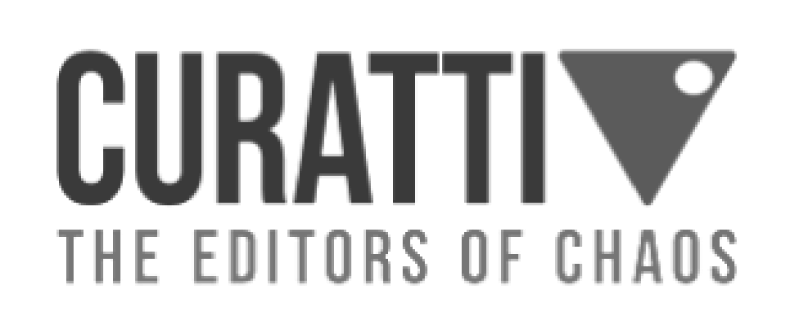


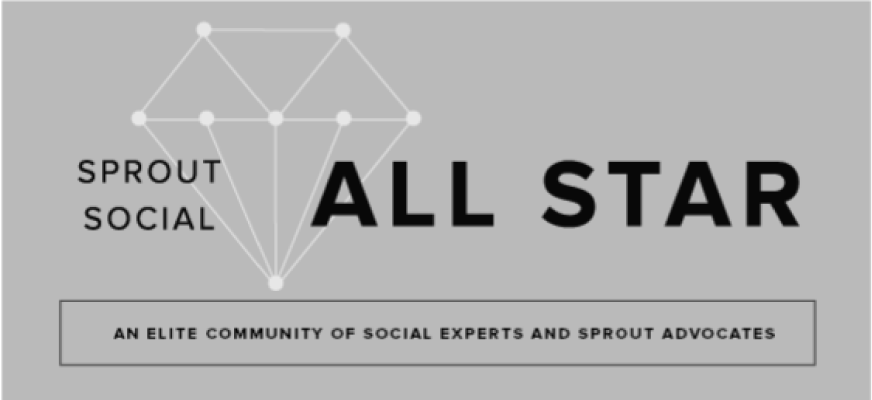


By David Nette on